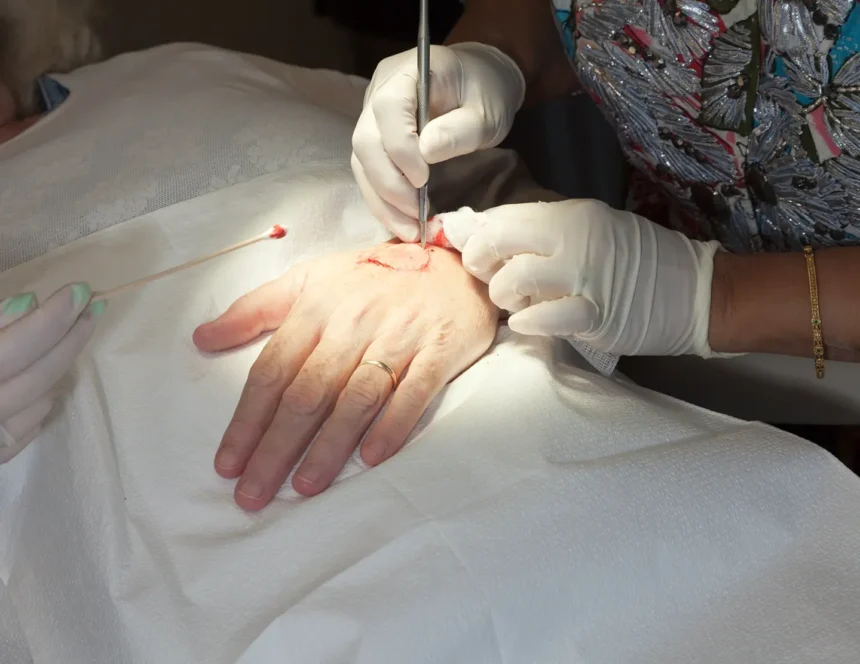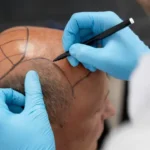Skin cancer surgery plays a valuable role in treating one of the common forms of cancer. As the primary method for removing cancerous tissue, surgery for skin cancer not only eliminates harmful cells but also helps prevent the disease from spreading further. It often restores health and peace of mind for patients facing this diagnosis. Here’s more information on why surgery for skin cancer is key:
Why Does Surgery Matter?
The primary goal of a skin cancer surgery is the complete removal of the cancerous cells. When skin cancer is detected, it is key to remove the tumor to stop it from growing deeper into the skin or spreading to other parts of the body. A surgical treatment for skin cancer is often the most effective method for achieving this. The procedure allows a dermatologist to remove the entire lesion and a small margin of surrounding healthy tissue to make sure no cancer cells are left behind.
There are three common types of skin cancer that may require surgical removal. Basal cell carcinoma and squamous cell carcinoma are the most frequent types and are highly curable when treated early. Melanoma is a less common but more aggressive form of skin cancer that can spread quickly if not addressed. For all three types, timely removal of skin cancer is a fundamental step toward a successful outcome.
Which Types of Surgery Exist?
Dermatologists employ various surgical methods for removing skin cancer, depending on the type, size, and location of the cancer. Each technique has a specific purpose and is chosen to provide the best possible result for the patient. Common surgical procedures include:
- Excisional Surgery: This involves removing the cancerous tumor along with a surrounding margin of healthy tissue. It is a standard treatment for many types of skin cancer. After removal, the tissue is examined to confirm all cancer cells have been eliminated.
- Mohs Surgery: This is a specialized technique where the surgeon removes the cancerous tissue one layer at a time. Each layer is examined under a microscope until no cancer cells remain. This method is helpful for cancers in sensitive areas.
- Curettage and Electrodesiccation: This procedure involves scraping the cancerous tissue off the skin with an instrument called a curette. An electric needle is then used to destroy any remaining cancer cells.
These surgical techniques are valuable tools in the effective management of skin cancer, aiding precise removal while minimizing damage to surrounding healthy tissue.
How Does Early Care Help?
Acting quickly after a skin cancer diagnosis provides significant health benefits. Early skin cancer removal often leads to a simpler procedure with a higher chance of a complete cure. When the cancer is small and has not spread, the surgery is less invasive, resulting in minimal scarring and a faster recovery. Delaying a skin cancer operation may allow the tumor to grow larger and deeper, making the treatment more complex.
Early skin cancer surgery also helps to prevent the cancer from metastasizing, which means spreading to other organs. A timely skin cancer operation can stop this progression and is a fundamental part of the treatment plan. Regular skin checks are also helpful for detecting any new or changing spots early.
Book Your Skin Cancer Surgery Consultation
Skin cancer surgery is a key treatment for removing cancerous lesions and preventing their spread. Understanding the available surgical options, the benefits of early intervention, and the recovery process can help you feel prepared. Contact a dermatology specialist near you to book your consultation and discuss the most suitable surgical treatment for your situation.





